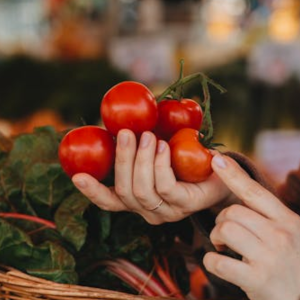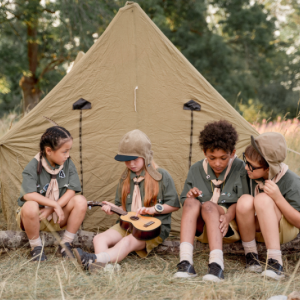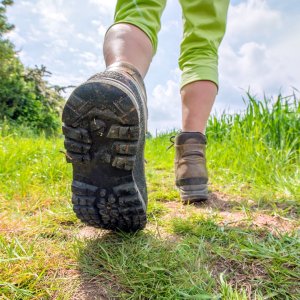In August 2017, a baby dolphin appeared on a beach in Almeria after losing its mother. Tourists who were enjoying a swim began to crowd around the animal to touch it and take pictures with it. A few minutes later, the dolphin died of cardiorespiratory arrest.
Cetaceans are very susceptible to stress. Being surrounded and touched by tourist causes them a very strong shock that can lead to tragic events such as the one of the dolphin calf. This is one of the main reasons why no tourist should approach a wild animal to take a selfie with it, but the consequences of this practice go much further. Here are four more reasons why a tourist should never take a photo with a wild animal:
1. Mafias that mistreat animals are encouraged
In many destinations, tourists are offered to take a picture posing with an animal. It can be a lion cub, a snake at a market stall or a monkey on a leash and dressed as a clown. Most of these businesses are run by illegal mafias who mistreat the animals to tame them and make them look happy to participate in the photos.
The best thing for a tourist to do when encountering such an offer is to turn away, as a single photo already contributes to keep this industry alive. Instead of trying to rescue the animal, which will do no good because it will soon be replaced by another one, it is more effective to report this practice to the tourist office.
2. Illegal pet trafficking is encouraged
Wild animals should never be pets, as they are not adapted to live in a domestic environment. However, the wildlife trade moves approximately 42.8 billion dollars a year, half of which corresponds to illegal activities. Social networks influence our consumption habits and photos showing a person with a wild animal increase the demand for acquiring that animal as a pet.
One example is the case of the loris. Videos of a human scratching this animal went viral on the internet. A study published in 2013 evaluated the impact of these videos by analyzing user comments. Despite the fact that the illegal trade of lorises is driving this species to extinction and they are animals that suffer a lot of stress under human handling, many of the commentators expressed the desire to have a loris as a pet.
3. Wild animals can kill
In Yellowstone National Park it is forbidden to get closer than 23 meters to the animals for a good reason. It is common for tourists to break this rule to take a selfie with a bison, the largest mammal in North America. The problem is that this is a wild animal that is easily irritated, can run three times faster than a human and does not hesitate to throw the tourist through the air.
Unfortunately, this is not only an anecdotal case, but there are often reports of tourists who die while trying to take a selfie with a wild animal. For example, incidents involving bears, elephants or big cats are frequent.
4. The perception we have about the conservation status of a species is distorted
The images we see on social networks can influence people's perception of wild animals. The conservation status of many species is of concern, but their continuous exposure in the media can make us unaware. In 2011, a study showed that when we see a chimpanzee in a photo accompanied by a human, we are more likely to think that this species is not endangered compared to when the chimpanzee is alone.
Tourists need to be made aware of the impact their actions can have on biodiversity and animal welfare. It may seem that a simple photo does no harm, but tens of thousands of selfies with wild animals are uploaded to Instagram alone, and this does have a very important impact.













